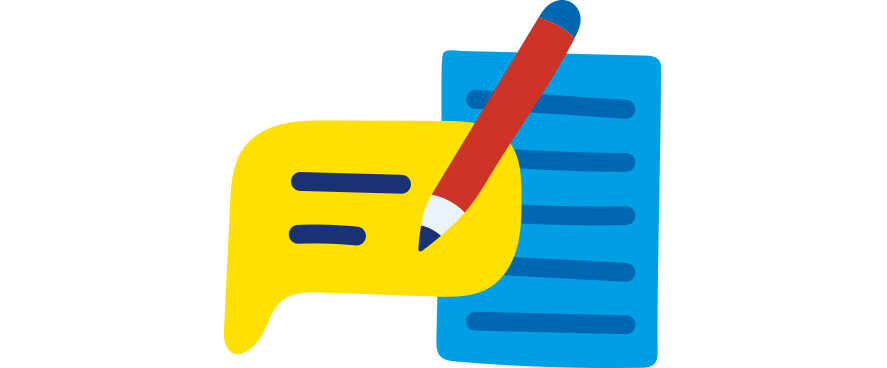
31/01/2020
The Bridging the Gap project takes stock of recent years and explains the project's new goals for the future
To reduce the social exclusion of people with disabilities in low- and middle-income countries in Africa and Latin America. With this objective, the FIIAPP participates in the management of Bridging the Gap, a project which for more than two years has been focusing its efforts on bringing down the barriers faced by people with disabilities.
The project, financed by the European Union, is committed to the implementation of fairer and more inclusive policies, and 2020 is a key year in which to consolidate its work, especially in view of the future 2021-2027 programming of the European Union. ‘During this year, work will be done to promote the inclusion of persons with disabilities in international cooperation, paying special attention to the five beneficiary countries of the project: Burkina Faso, Ecuador, Ethiopia, Paraguay and Sudan,’ explains Federico Martire, director of Bridging the Gap.
Thanks to the activities, initiatives and hard work of specialists in the various countries involved, a very positive balance has been returned in recent years. ‘The project has assumed a significant role in the ‘Global Action on Disability’ (GLAD) network, has established alliances and has collaborated with several international actors such as the World Food Programme and the Pan American Health Organisation,’ says Martire. In addition, Bridging the Gap has mobilised nearly 900 people in its workshops and training sessions and more than 1,500 in the seminars of its training cycle on disability and development.
But despite the achievements, the challenge of working for the equal treatment of people with disabilities continues. In Martire’s words: ‘Looking ahead to 2020, Bridging the Gap aims to present its results at the United Nations on the occasion of the 13th session of the Conference of States Parties to the Convention on the Rights of Persons with Disabilities that will take place in June in New York.’
One of the main challenges of Bridging the Gap in 2020 is to reinforce the gender dimension in its work, ‘capitalising on the experience gained in the field to promote female leadership of women with disabilities,’ the project director clarifies.
In addition, this year work will be carried out to establish ever more solid synergies with other European programmes and projects in line with the experience gained with projects such as EVALÚA and SOCIEUX+. ‘This will continue to be one of the main axes of Bridging the Gap’s work to ensure that international cooperation initiatives leave no-one behind,’ Martire concludes.



